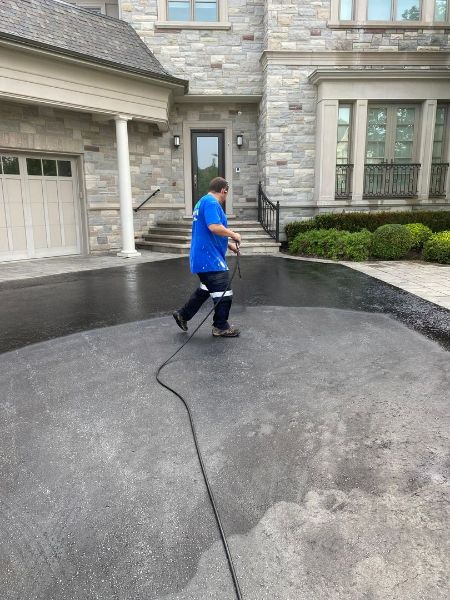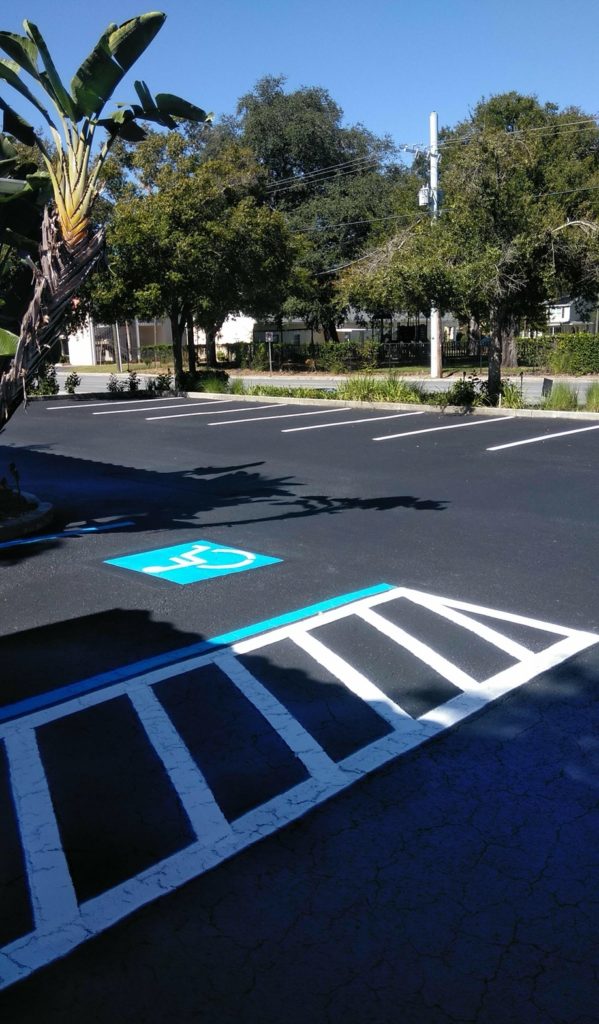Efficient Asphalt Repair: Cold Mix Sealing Techniques Unveiled
Efficient Asphalt Repair: Cold Mix Sealing Techniques Unveiled
Blog Article
Cold Mix Asphalt Vs. Hot Mix Asphalt: Which Is Right for You?

Make-up Distinctions
Cold mix and hot mix asphalts differ significantly in their structure, with distinctive characteristics that affect their efficiency and applications. Cold mix asphalt is produced by emulsifying the asphalt binder with water and an emulsifying agent prior to mixing it with aggregate. This technique permits for the asphalt to be workable at lower temperatures, making it excellent for short-term repair services and for usage in colder weather. Warm mix asphalt, on the various other hand, is made at high temperatures, usually between 300-350 ° F, which helps to achieve much better compaction and a much more durable end product. The warm mix asphalt manufacturing procedure entails warming the accumulation and asphalt binder independently prior to combining them at the asphalt plant.
Moreover, chilly mix asphalt has a tendency to be less thick and extra versatile than warm mix asphalt. This flexibility makes it much better fit for locations with higher levels of movement, such as driveways or roadways with hefty website traffic. On the other hand, warm mix asphalt is understood for its high longevity and resistance to rutting and cracking, making it a recommended selection for freeways and high-traffic roads where longevity is crucial.
Installation Refine Variations
The process of installing cold mix and warm mix asphalt displays notable variances in their treatments and demands. Cold mix asphalt, being an extra versatile material, can be used directly from the bag or container onto the fracture or harmed area. It requires marginal preparation work, such as cleansing the location and compacting the cool combine with hand tools. This makes it a hassle-free choice for fast and momentary repairs. In contrast, warm mix asphalt necessitates an extra sophisticated installation procedure. It involves warming the mix to high temperature levels prior to laying it down on a correctly ready base. The preparation consists of condensing the base, using a tack coat, and using hefty machinery like pavers and compactors for a smooth and durable surface. Due to the home heating needs, hot mix asphalt installments are commonly performed by specialists with specialized devices, ensuring a more structurally audio and permanent outcome.
Durability and Longevity Elements
When taking into consideration asphalt alternatives, toughness and durability are critical aspects to assess for lasting sidewalk performance. Hot mix asphalt (HMA) is recognized for its phenomenal toughness and durability.
In regards to durability, HMA typically outmatches CMA because of its exceptional toughness and resistance properties. HMA sidewalks have a longer service life, calling for less constant repair work and upkeep, which can equate to set you back savings in the lengthy run. Furthermore, HMA sidewalks are much more conveniently customizable to fulfill particular task requirements, better enhancing their longevity.
Cost Factors To Consider
Taking into consideration the economic implications is a critical aspect when reviewing the choice between warm mix asphalt (HMA) and cold mix asphalt (CMA) for pavement jobs. While the first cost of warm mix asphalt is usually greater than that of chilly mix asphalt, HMA usually gives an extra cost-efficient service in the future as a result of its exceptional longevity and longevity. HMA is understood for its capability to hold up against rush hour tons and extreme weather, reducing the requirement for regular repair services and upkeep. On the various other hand, cold mix asphalt is extra budget friendly upfront however may need more regular patching and resurfacing, causing greater maintenance expenses in time.
Along with material costs, it's important to consider the expenses related to installment and upkeep when comparing HMA and CMA. HMA generally read review requires customized devices and experienced labor for appropriate installment, which can affect general project prices. On the other hand, CMA is simpler to collaborate with and can usually be applied using less complex techniques, possibly reducing installation costs. Ultimately, the choice between HMA and CMA need to take into account not just the first cost yet likewise the lasting monetary effects to identify the most economical option for the details sidewalk job.
Environmental Influence Comparison
Contrast of the environmental influences in between hot mix asphalt (HMA) and cold mix asphalt (CMA) reveals distinct distinctions in sustainability techniques. HMA manufacturing needs heats, leading to raised power usage and greenhouse gas emissions. The procedure additionally releases volatile natural compounds (VOCs) and unsafe air contaminants (HAPs) right into the ambience. On the other hand, CMA is produced and applied at lower temperatures, reducing energy usage and discharges dramatically. The lower production temperatures of CMA lead to reduced gas intake and lower levels of CO2 discharges, making it a more eco-friendly option.
In addition, making use of CMA usually involves reusing existing asphalt sidewalk, advertising source preservation and lowering the quantity of waste sent out to garbage dumps. This recycling aspect further boosts the sustainability of CMA contrasted to HMA. In general, pop over to this web-site when thinking about the environmental influence, CMA becomes a much more environmentally sustainable selection because of its lower energy needs, minimized discharges, and the potential for reusing existing materials. By choosing CMA over HMA, roadway building and construction jobs can contribute favorably to environmental conservation initiatives.
Conclusion
In conclusion, the selection between chilly mix asphalt (CMA) and warm mix asphalt (HMA) depends on different variables such as composition, setup procedure, longevity, longevity, expense, and ecological impact. angle parking. While CMA supplies a economical and fast solution for minor repair services, HMA makes certain superior sturdiness and long life for hefty website traffic areas. Consider these elements very carefully to establish which kind of asphalt is the best selection for your paving requires

Taking into consideration the financial effects is a vital aspect when examining the option between hot mix asphalt (HMA) and cool mix asphalt (CMA) for pavement jobs. While the first cost of warm mix asphalt is normally higher than that of chilly mix asphalt, HMA often supplies an extra affordable option in the lengthy run due to its superior resilience and long life. angle parking.Contrast of the ecological impacts between warm mix asphalt (HMA) and cold mix asphalt (CMA) reveals unique differences in sustainability practices.In conclusion, the choice in between cool mix asphalt (CMA) and hot mix asphalt Find Out More (HMA) depends on different elements such as make-up, installation process, durability, durability, price, and ecological effect
Report this page